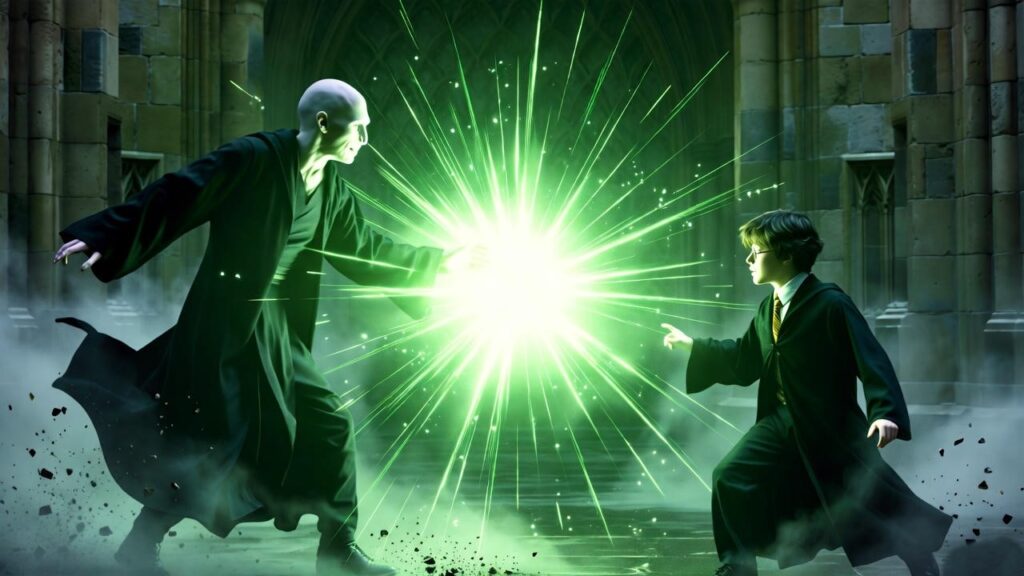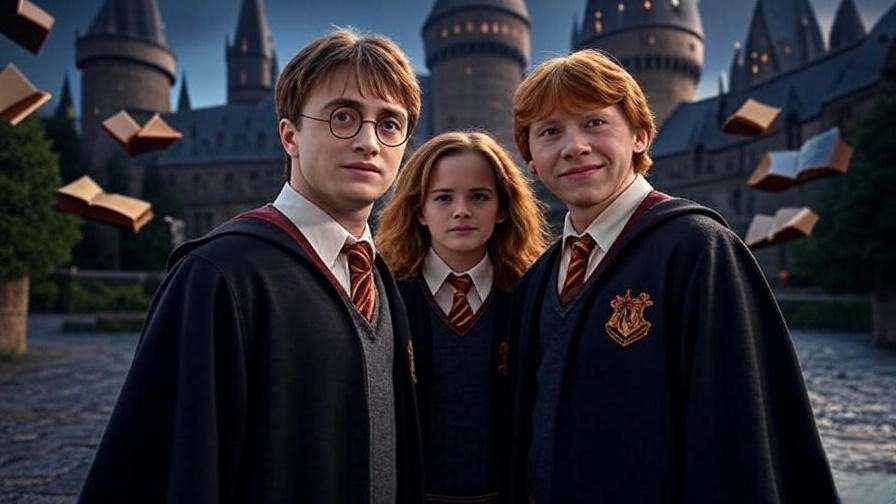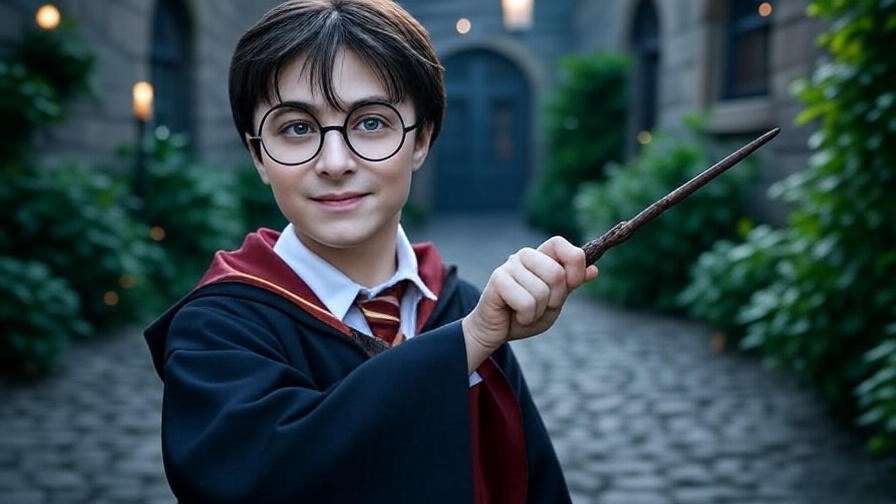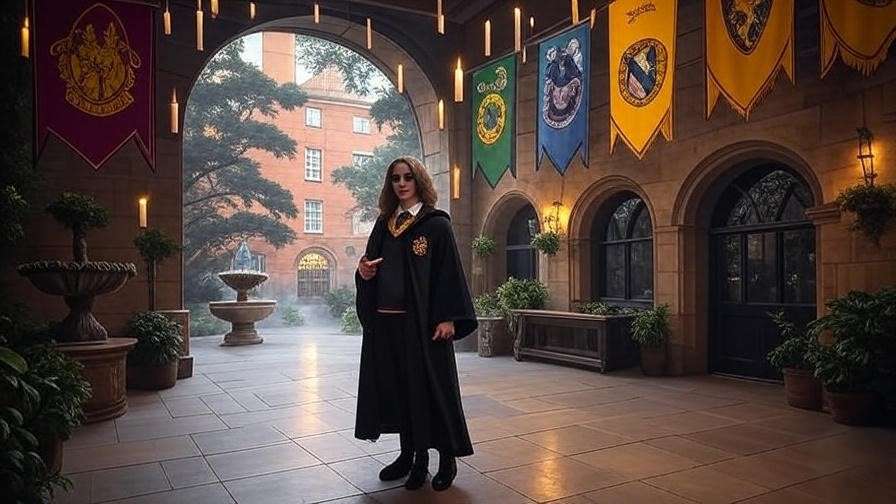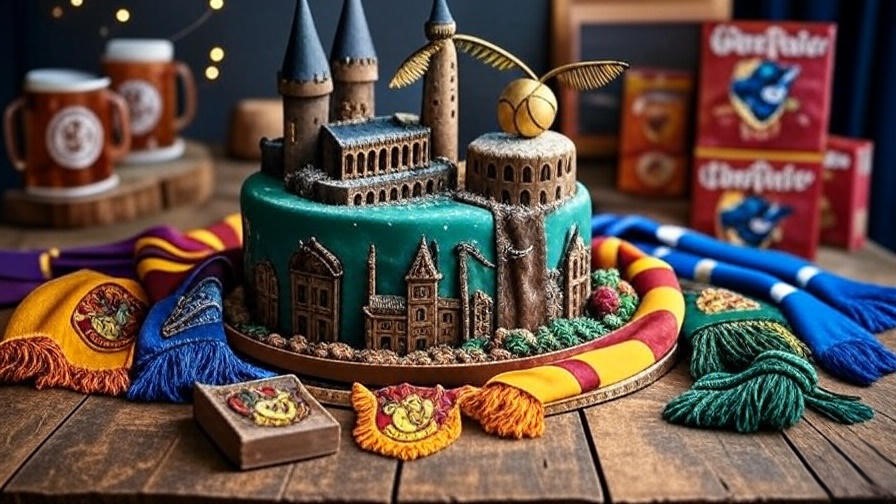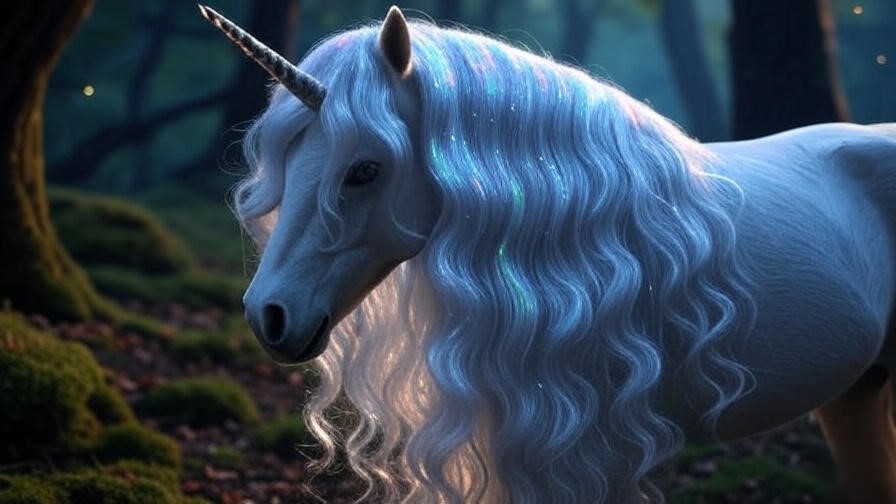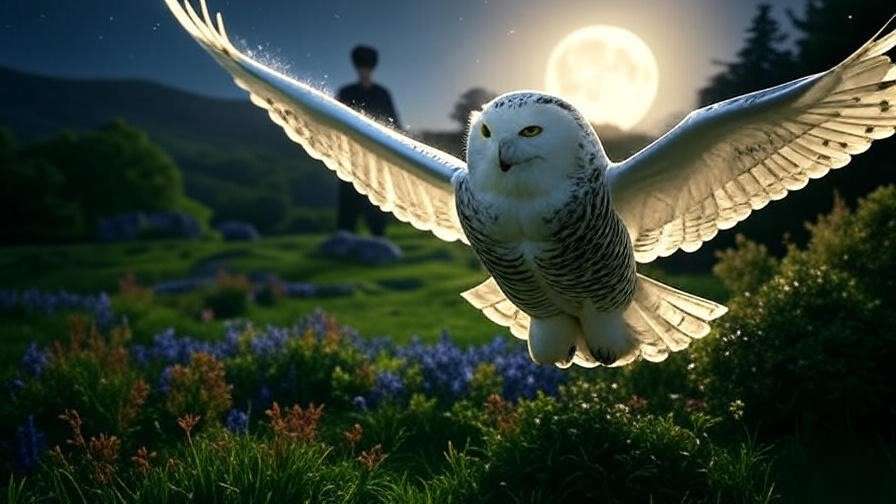Picture the chilling moment in Harry Potter and the Goblet of Fire when a jet of green light erupts from Voldemort’s wand, striking down Cedric Diggory in an instant. That’s the raw, terrifying power of the spells of dark magic—magic so potent and forbidden it leaves an indelible mark on the wizarding world. For Harry Potter fans, these spells are more than just plot devices; they’re a window into the moral complexities and dangers of wielding immense power. Why do these spells captivate us? What makes them so dangerous, and what are their consequences? This article dives deep into the world of dark magic, exploring its most infamous spells, their origins, and the ethical dilemmas they pose. Drawing from J.K. Rowling’s books, Pottermore (now Wizarding World), and extended canon, we’ll uncover the secrets behind these forbidden arts and why they resonate with fans worldwide.
What Are Spells of Dark Magic?
Defining Dark Magic in the Wizarding World
In the Harry Potter universe, dark magic is defined as any spell or magical practice intended to harm, control, or manipulate others for malevolent purposes. Unlike charms, which delight, or transfiguration, which transforms, spells of dark magic are fueled by malicious intent. As Alastor “Mad-Eye” Moody (or rather, Barty Crouch Jr. in disguise) explains in Harry Potter and the Goblet of Fire, the Unforgivable Curses—Avada Kedavra, Cruciatus, and Imperius—are the epitome of this forbidden craft. These spells are not just tools; they’re a reflection of the caster’s willingness to cross moral boundaries, making them a cornerstone of the series’ exploration of good versus evil.
Dark magic stands apart because it often requires a deep emotional commitment to cruelty or domination. J.K. Rowling has emphasized in interviews that casting these spells demands not just skill but a dark intent, which is why they’re so difficult to perform correctly. For instance, Harry struggles to cast the Cruciatus Curse effectively in Harry Potter and the Deathly Hallows because his heart isn’t fully consumed by hatred—a testament to his moral core.
Characteristics of Dark Magic Spells
Spells of dark magic share distinct traits that set them apart from other magical practices. They often produce irreversible effects, require immense magical skill, and carry a heavy psychological or physical toll on both the victim and the caster. The Unforgivable Curses are prime examples: Avada Kedavra kills instantly, Cruciatus inflicts unbearable pain, and Imperius exerts total control over a victim’s will. Other spells, like Sectumsempra or Fiendfyre, demonstrate dark magic’s chaotic and destructive potential, often spiraling beyond the caster’s control.
These spells also demand a high level of expertise. As noted in Harry Potter and the Half-Blood Prince, even Severus Snape, a prodigious wizard, created Sectumsempra as a teenager, showcasing the rare skill required to invent such magic. The allure of dark magic lies in its power, but as we’ll explore, that power comes at a steep cost.
Expert Insight: J.K. Rowling once described dark magic as “a corruption of the soul” in a Pottermore article, emphasizing that its use leaves lasting scars on the caster. This moral perspective shapes the narrative of Harry Potter, where dark magic is never just a tool—it’s a choice with profound consequences.
The Most Infamous Spells of Dark Magic
The Unforgivable Curses
The Unforgivable Curses are the most notorious spells of dark magic, outlawed by the Ministry of Magic and punishable by a life sentence in Azkaban. Let’s break them down:
Avada Kedavra (The Killing Curse)
The Killing Curse, marked by its eerie green flash, is the ultimate weapon in a dark wizard’s arsenal. It kills instantly, leaving no physical trace of injury—a chilling hallmark of its efficiency. Used by Voldemort to murder Harry’s parents and countless others, Avada Kedavra represents the pinnacle of dark magic’s lethality. Its simplicity (a single incantation) belies the immense intent required to cast it, as Bellatrix Lestrange notes in Harry Potter and the Order of the Phoenix: “You need to mean it.”
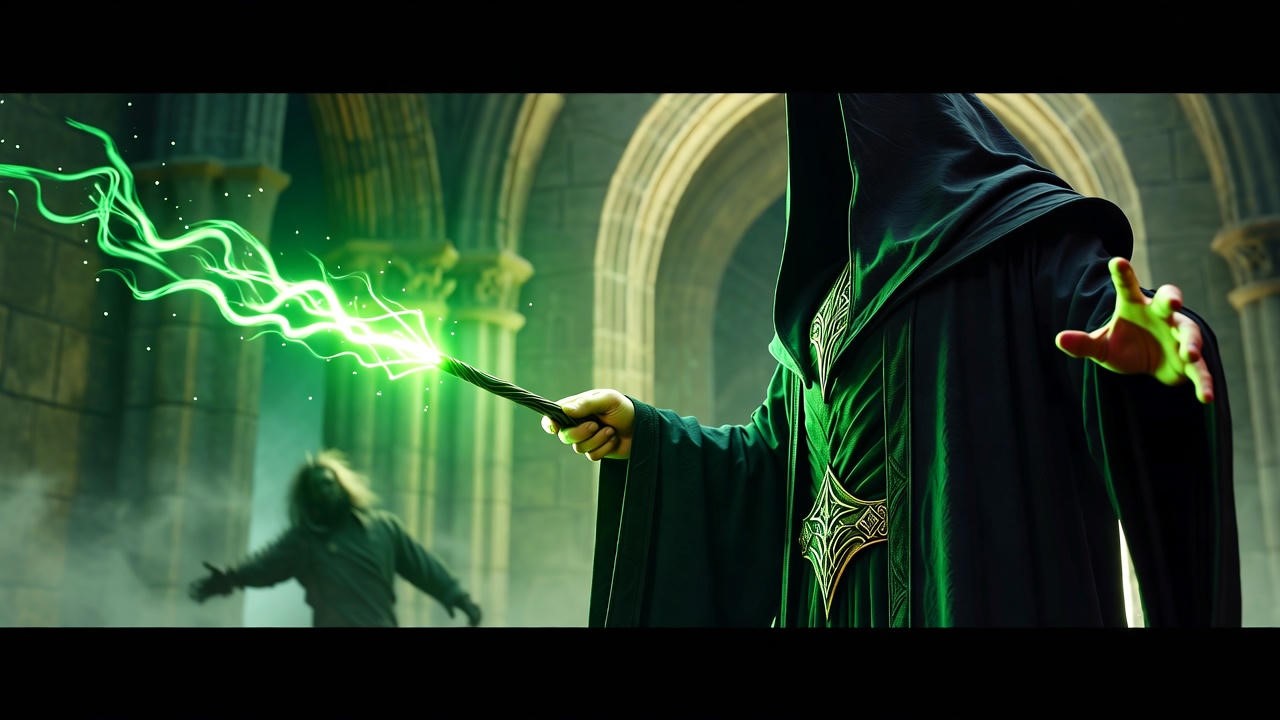
Cruciatus Curse
The Cruciatus Curse, or Crucio, inflicts excruciating pain without physical harm, targeting the victim’s nerves to cause unbearable suffering. Its use on Neville Longbottom’s parents by Bellatrix Lestrange drove them to insanity, showcasing its devastating psychological impact. The curse’s sadistic nature makes it a favorite among Death Eaters, reflecting their willingness to revel in cruelty.
Imperius Curse
The Imperius Curse (Imperio) grants the caster total control over a victim’s actions, stripping away free will. Used by Death Eaters to manipulate key figures like Ministry officials in Goblet of Fire, it raises profound ethical questions about autonomy and responsibility. Harry’s ability to resist it in the same book underscores the power of mental fortitude against dark magic.
Other Notable Dark Magic Spells
Beyond the Unforgivable Curses, other spells of dark magic leave their mark on the series:
- Sectumsempra: Invented by Severus Snape, this spell slashes its target as if with an invisible sword, causing deep, bleeding wounds. Harry’s accidental use on Draco Malfoy in Half-Blood Prince reveals its dangerous unpredictability, as he had no idea of its full effects.
- Fiendfyre: A raging, uncontrollable fire that consumes everything in its path, Fiendfyre is summoned by Vincent Crabbe in Deathly Hallows. Its chaotic nature makes it a double-edged sword, as Crabbe himself falls victim to its flames.
- Horcrux Creation Spell: Perhaps the darkest of all, this spell requires murder to split the caster’s soul, anchoring it to an object to achieve immortality. Voldemort’s use of this spell defines his descent into inhumanity, as each Horcrux further fragments his soul.
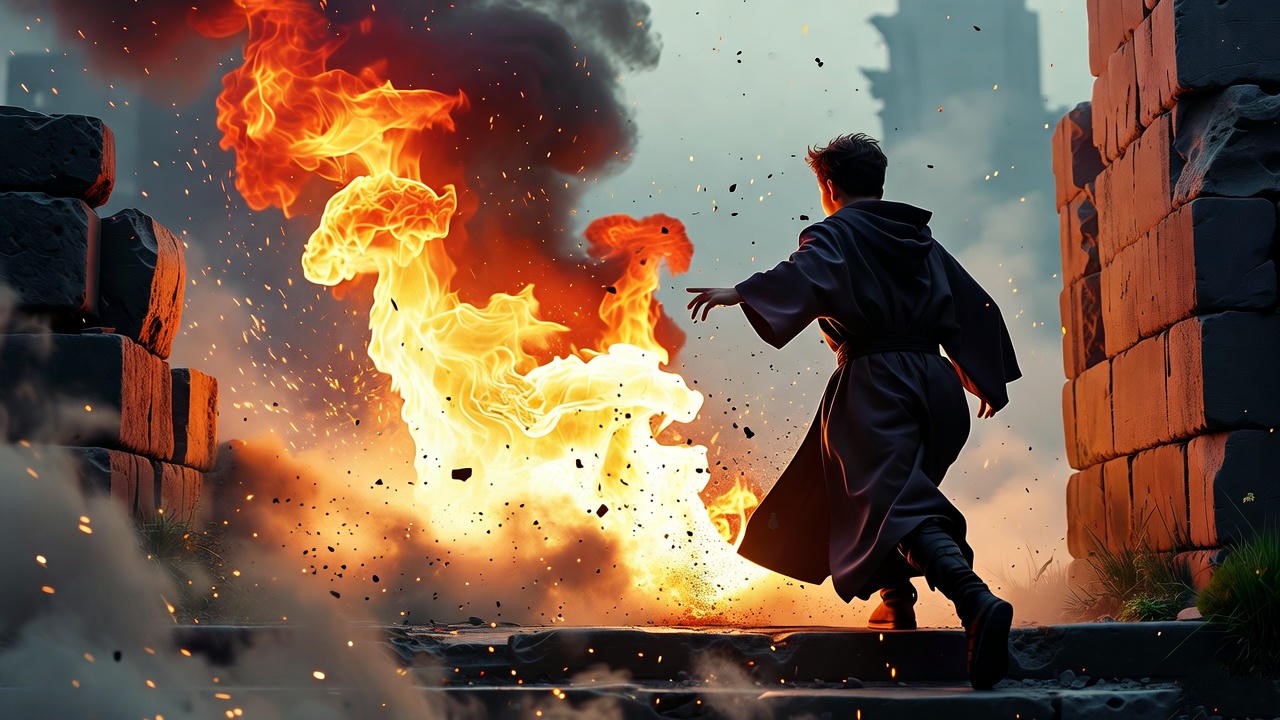
Table: Key Dark Magic Spells in Harry Potter
| Spell | Effect | Known Users | First Appearance |
|---|---|---|---|
| Avada Kedavra | Instant death | Voldemort, Death Eaters | Goblet of Fire (flashback) |
| Cruciatus Curse | Excruciating pain | Bellatrix Lestrange | Goblet of Fire (mentioned) |
| Imperius Curse | Mind control | Barty Crouch Jr. | Goblet of Fire |
| Sectumsempra | Deep, bleeding wounds | Severus Snape, Harry | Half-Blood Prince |
| Fiendfyre | Uncontrollable destructive fire | Vincent Crabbe | Deathly Hallows |
| Horcrux Spell | Soul-splitting for immortality | Voldemort | Chamber of Secrets (mentioned) |
Tip: Revisit these spells in the books or films to notice subtle details, like the distinct sound effects of Avada Kedavra in the movies or the emotional weight of Harry’s Sectumsempra use.
The Origins and History of Dark Magic
Historical Context in the Wizarding World
Dark magic has deep roots in the Harry Potter universe, dating back to ancient wizards like Herpo the Foul, who created the first Horcrux and bred the first Basilisk. These early practitioners laid the groundwork for dark magic’s reputation as a forbidden art. Over centuries, dark wizards like Gellert Grindelwald and Voldemort built on this legacy, using spells of dark magic to pursue power and domination. The societal impact was profound, fostering fear and division, as seen in the Pureblood supremacy movements tied to Salazar Slytherin.
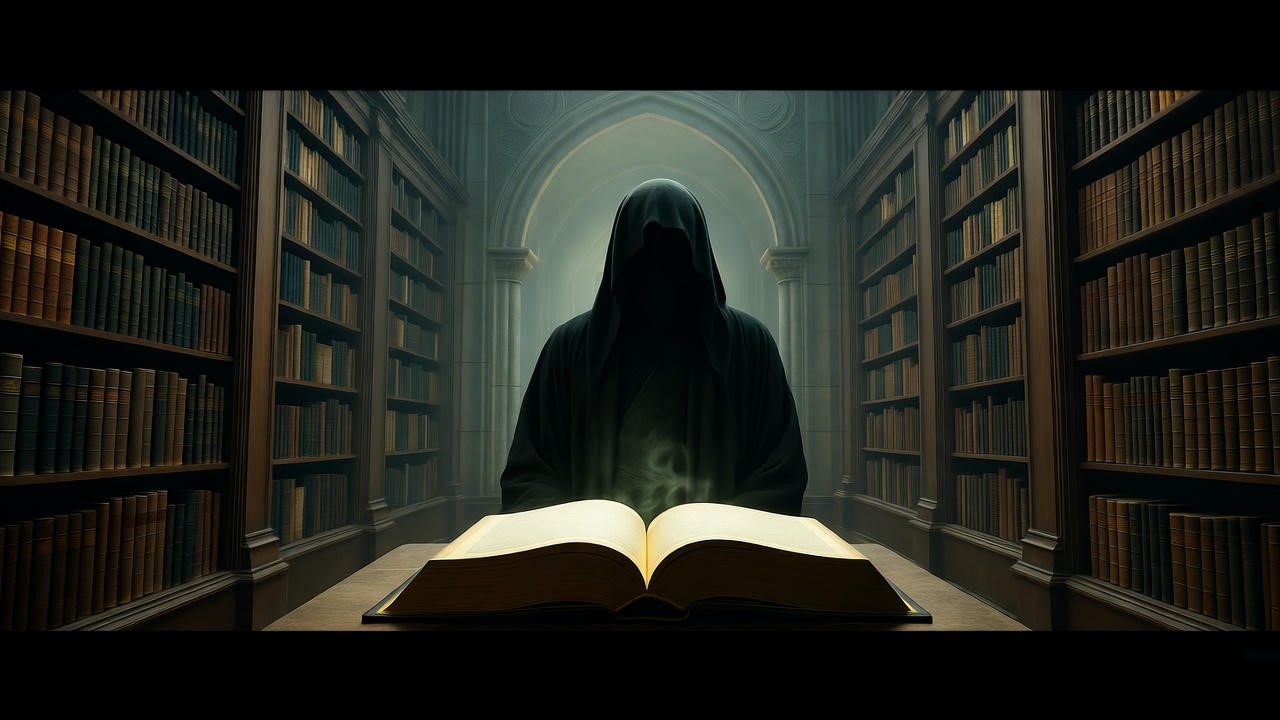
J.K. Rowling’s The Tales of Beedle the Bard offers further insight, with stories like “The Warlock’s Hairy Heart” illustrating the dangers of dark magic’s allure. These tales, passed down through wizarding culture, warn against the temptation to wield such power, reinforcing its taboo status.
Dark Magic in Hogwarts and Beyond
At Hogwarts, dark magic is both studied and shunned. The Restricted Section of the library houses dangerous texts, accessible only with special permission, as seen when Hermione retrieves Moste Potente Potions in Chamber of Secrets. Salazar Slytherin’s influence looms large, with his Chamber of Secrets and Basilisk embodying his dark legacy. Outside Hogwarts, institutions like Durmstrang have a reputation for teaching dark magic more openly, as mentioned in Goblet of Fire, highlighting cultural differences in magical education.
Expert Insight: A Pottermore article notes that Slytherin’s departure from Hogwarts was partly due to his advocacy for teaching dark magic, underscoring its divisive role in wizarding society.
The Consequences of Using Dark Magic
Physical and Psychological Toll
Casting spells of dark magic takes a toll on the user, both physically and mentally. Voldemort’s transformation—pale skin, slit-like pupils, and a serpentine appearance—reflects the physical corruption caused by his repeated use of Horcruxes and other dark arts. Similarly, Bellatrix Lestrange’s unhinged demeanor suggests a psychological unraveling, fueled by her sadistic use of the Cruciatus Curse. Even Snape, a complex figure, carries the weight of his dark creations like Sectumsempra, which he later regrets.
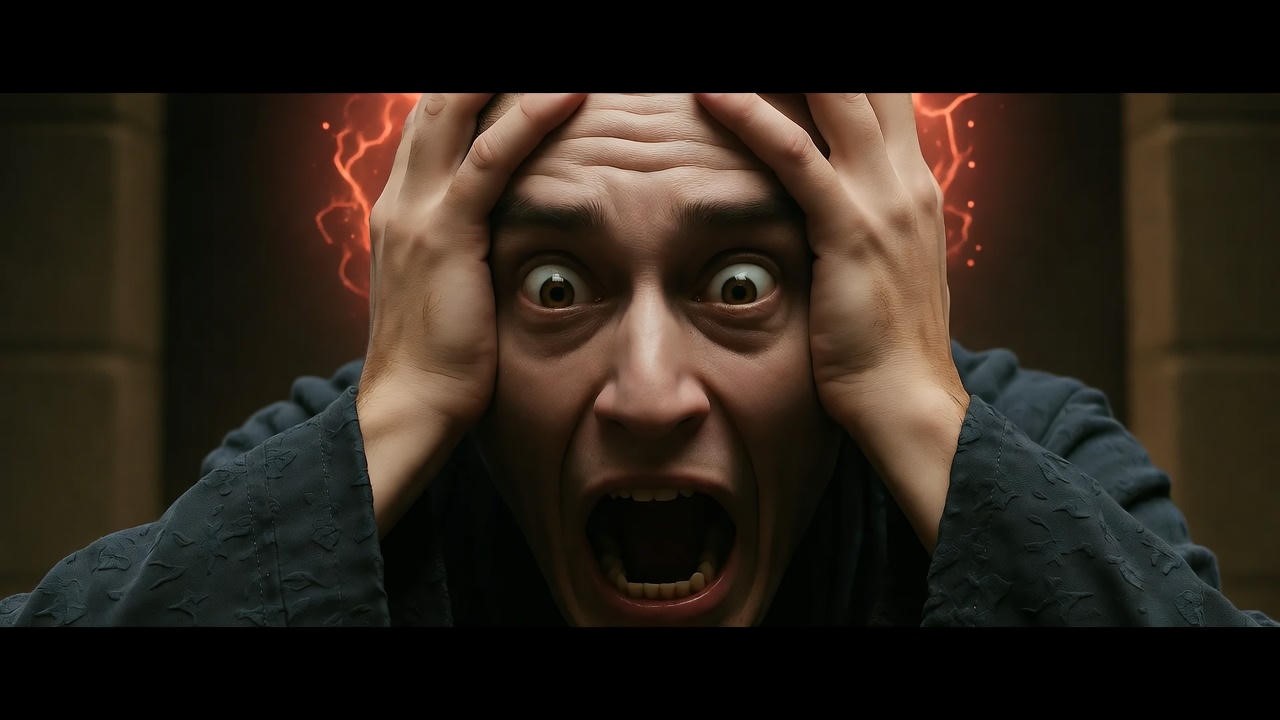
The psychological impact extends to victims as well. Neville’s parents, tortured into insanity, exemplify the lasting trauma of dark magic, a recurring theme in the series’ exploration of loss and resilience.
Legal and Social Repercussions
The Ministry of Magic takes a hardline stance against dark magic, particularly the Unforgivable Curses, which carry a mandatory life sentence in Azkaban. This reflects the wizarding world’s recognition of their danger, as seen in Order of the Phoenix when the Ministry tightens control during Voldemort’s return. Socially, dark magic users face stigma and fear, often ostracized as threats to society. Even suspected dark wizards, like Sirius Black in Prisoner of Azkaban, suffer severe consequences, highlighting the paranoia surrounding these spells.
Moral and Ethical Dilemmas
The use of dark magic raises profound ethical questions. Is power worth the cost to one’s humanity? Dumbledore’s warnings to Harry in Half-Blood Prince about the seductive nature of dark magic underscore this dilemma. Spells like the Imperius Curse blur the lines of morality—could it ever be used for good? Harry’s brief use of Sectumsempra and McGonagall’s strategic use of Imperius in Deathly Hallows complicate the narrative, inviting readers to question whether intent matters as much as action.
Why Dark Magic Fascinates Harry Potter Fans
The Allure of Forbidden Power
Spells of dark magic captivate Harry Potter fans because they represent the ultimate forbidden fruit—power that is both thrilling and terrifying. The dramatic visuals in the films, like the green flash of Avada Kedavra or the roaring chaos of Fiendfyre, amplify their mystique. In the books, J.K. Rowling’s vivid descriptions, such as the “rush of wind” accompanying the Killing Curse, make these spells feel visceral and real. Fans are drawn to the idea of wielding such power, even as they recognize its dangers. This fascination mirrors the temptation characters face in the series, creating a parallel between readers and wizards like Harry, who grapple with the allure of the dark arts.
The cultural impact of dark magic extends beyond the page. Fan discussions on platforms like Reddit and MuggleNet often explore the “what-ifs” of dark magic, with debates about which spells are most intriguing or dangerous. This engagement reflects the spells’ ability to spark imagination and ethical reflection, making them a cornerstone of Harry Potter fandom.
Exploring the Gray Areas
Not all uses of dark magic are black-and-white, which adds to their allure. For example, Harry’s use of Sectumsempra in Harry Potter and the Half-Blood Prince is a moment of moral ambiguity—he casts it out of desperation, unaware of its full effects. Similarly, Professor McGonagall’s use of the Imperius Curse during the Battle of Hogwarts in Deathly Hallows raises questions about whether dark magic can ever be justified for a greater good. These moments challenge readers to consider the complexities of intent versus outcome.
Engagement Hook: What do you think—can dark magic ever be used for good? Share your thoughts in the comments below or join our discussion on [insert blog forum or social media link].
Tip: Create a poll for your website asking, “Which dark magic spell intrigues you most?” Options could include Avada Kedavra, Cruciatus, Imperius, Sectumsempra, or Fiendfyre to boost reader interaction.
How to Spot Dark Magic in the Harry Potter Series
Visual and Narrative Cues
J.K. Rowling masterfully uses language and imagery to signal dark magic’s presence. Spells like Avada Kedavra are accompanied by a signature green flash and a rushing sound, creating an unmistakable aura of dread. Fiendfyre’s wild, animalistic flames in Deathly Hallows contrast with the controlled precision of other spells, emphasizing its chaotic nature. Character reactions also serve as cues—think of the horror on Hermione’s face when Harry uses Sectumsempra or the fear inspired by Voldemort’s casual use of the Killing Curse. These narrative elements make dark magic stand out, both in the books and their cinematic adaptations.
In the films, visual effects amplify these cues. The Harry Potter movies use distinct color palettes (e.g., dark greens and fiery reds) and sound design to make dark magic feel otherworldly. Fans can rewatch scenes like Dumbledore’s death in Half-Blood Prince to notice how the slow-motion fall and Snape’s conflicted expression underscore the gravity of Avada Kedavra.
Key Moments to Revisit
To fully appreciate spells of dark magic, revisit these pivotal scenes:
- The Death of Cedric Diggory (Goblet of Fire): Voldemort’s use of Avada Kedavra marks a turning point, highlighting the spell’s cold efficiency.
- Bellatrix Tortures Hermione (Deathly Hallows): The Cruciatus Curse’s brutality is laid bare, showcasing its psychological toll.
- Harry vs. Draco in the Bathroom (Half-Blood Prince): Sectumsempra’s devastating effects reveal the dangers of wielding unknown dark magic.
- The Battle of Hogwarts (Deathly Hallows): Fiendfyre’s destructive power and McGonagall’s use of Imperius offer contrasting perspectives on dark magic.
Expert Insight: A MuggleNet analysis points out that Rowling uses dark magic to mirror real-world ethical dilemmas, making these scenes resonate with readers on a deeper level. Revisiting them with this lens can enrich your understanding of the series.
Protecting Against Dark Magic
Defensive Spells and Strategies
Defending against spells of dark magic requires both skill and resilience. The Protego charm, a staple of Defense Against the Dark Arts, can block many harmful spells, though it’s ineffective against the Unforgivable Curses. Mental fortitude is key for resisting the Imperius Curse, as Harry demonstrates in Goblet of Fire when he shakes off Barty Crouch Jr.’s control. The power of love and sacrifice also plays a crucial role—Lily Potter’s protection over Harry in Sorcerer’s Stone deflects Avada Kedavra, a rare and miraculous defense.
Other strategies include quick reflexes and strategic thinking. During the Battle of Hogwarts, characters like Hermione and Ron use a combination of defensive spells and environmental tactics (e.g., collapsing structures) to counter dark magic. These moments highlight the importance of preparation and adaptability.
The Role of Education and Awareness
Hogwarts’ Defense Against the Dark Arts classes are vital for preparing students to face dark magic. Professors like Remus Lupin and Severus Snape, despite their differing styles, emphasize practical skills and theoretical knowledge. Lupin’s lessons on creatures like Boggarts in Prisoner of Azkaban build confidence, while Snape’s rigorous dueling practice in Half-Blood Prince sharpens students’ reflexes. These classes underscore the importance of education in combating dark forces.
Awareness is equally critical. Dumbledore’s Army, formed in Order of the Phoenix, empowers students to teach themselves defensive spells when formal education fails them. This grassroots approach highlights the value of community and self-reliance in the face of dark magic threats.
Tip: Create your own “anti-dark magic” plan inspired by Harry Potter. Start with mastering Protego, practicing mental resilience, and studying key texts like The Standard Book of Spells. Share your plan in our blog’s community forum!
Dark Magic in the Broader Wizarding World
Dark Magic Beyond Voldemort
While Voldemort is the face of dark magic, other characters and eras showcase its pervasive influence. Gellert Grindelwald, featured in Fantastic Beasts, uses dark magic to pursue his vision of wizarding supremacy, wielding spells with a charisma that rivals Voldemort’s menace. Historical figures like Herpo the Foul and even minor characters like the Carrows, who teach dark magic at Hogwarts in Deathly Hallows, illustrate its widespread allure.
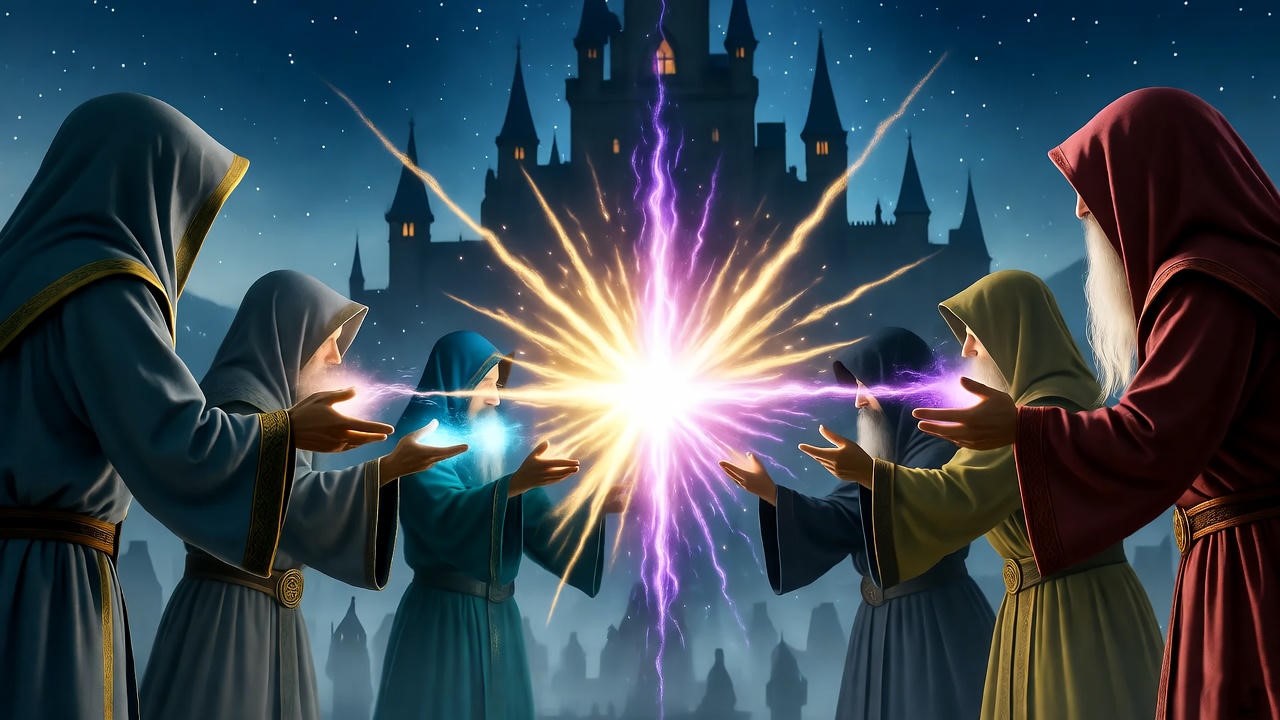
The Fantastic Beasts series expands on dark magic’s role, with scenes like Grindelwald’s rally in The Crimes of Grindelwald showcasing its seductive power. These stories suggest that dark magic is not just a tool of villains but a temptation for any wizard seeking power.
Cultural and Global Perspectives
Dark magic varies across wizarding cultures. Durmstrang, known for its lax stance on the dark arts, contrasts with Hogwarts’ strict prohibition, as noted in Goblet of Fire. Ilvermorny, the American wizarding school, likely faces its own dark magic challenges, though less detailed in canon. J.K. Rowling’s Pottermore writings hint at global variations, such as African Uagadou’s focus on wandless magic, which could include unique dark spells.
Future Harry Potter stories could explore these global perspectives, perhaps delving into dark magic traditions in Asia or South America. This potential for expansion keeps fans intrigued about the broader wizarding world.
FAQs About Spells of Dark Magic
- What makes a spell “dark” in the Harry Potter universe?
A spell is considered dark if it’s designed to harm, control, or manipulate with malicious intent. Unlike neutral spells, dark magic requires a willingness to cause suffering, as explained in Goblet of Fire. - Can dark magic ever be used for good?
While rare, some characters, like McGonagall, use dark spells strategically (e.g., Imperius in Deathly Hallows). However, the moral cost often outweighs the benefit, as Rowling emphasizes. - Why are the Unforgivable Curses banned?
Their irreversible effects—death, pain, or loss of free will—make them inherently dangerous, warranting a life sentence in Azkaban, as established in Order of the Phoenix. - How does one become skilled in dark magic?
It requires advanced magical skill, emotional commitment, and often access to forbidden knowledge, like texts in Hogwarts’ Restricted Section. - Are there any defenses against the Killing Curse?
Only rare magic, like Lily’s sacrificial protection, can block Avada Kedavra. Physical barriers or dodging are the most practical defenses.
Note: For deeper insights, visit Wizarding World for Rowling’s writings on dark magic.
Spells of dark magic are a cornerstone of the Harry Potter series, embodying the tension between power and morality. From the lethal precision of Avada Kedavra to the chaotic destruction of Fiendfyre, these spells captivate fans with their danger and complexity. By exploring their origins, consequences, and cultural significance, we’ve uncovered why they remain a focal point of fascination. Whether you’re drawn to their forbidden allure or intrigued by their ethical dilemmas, dark magic challenges us to reflect on the choices that define us.

